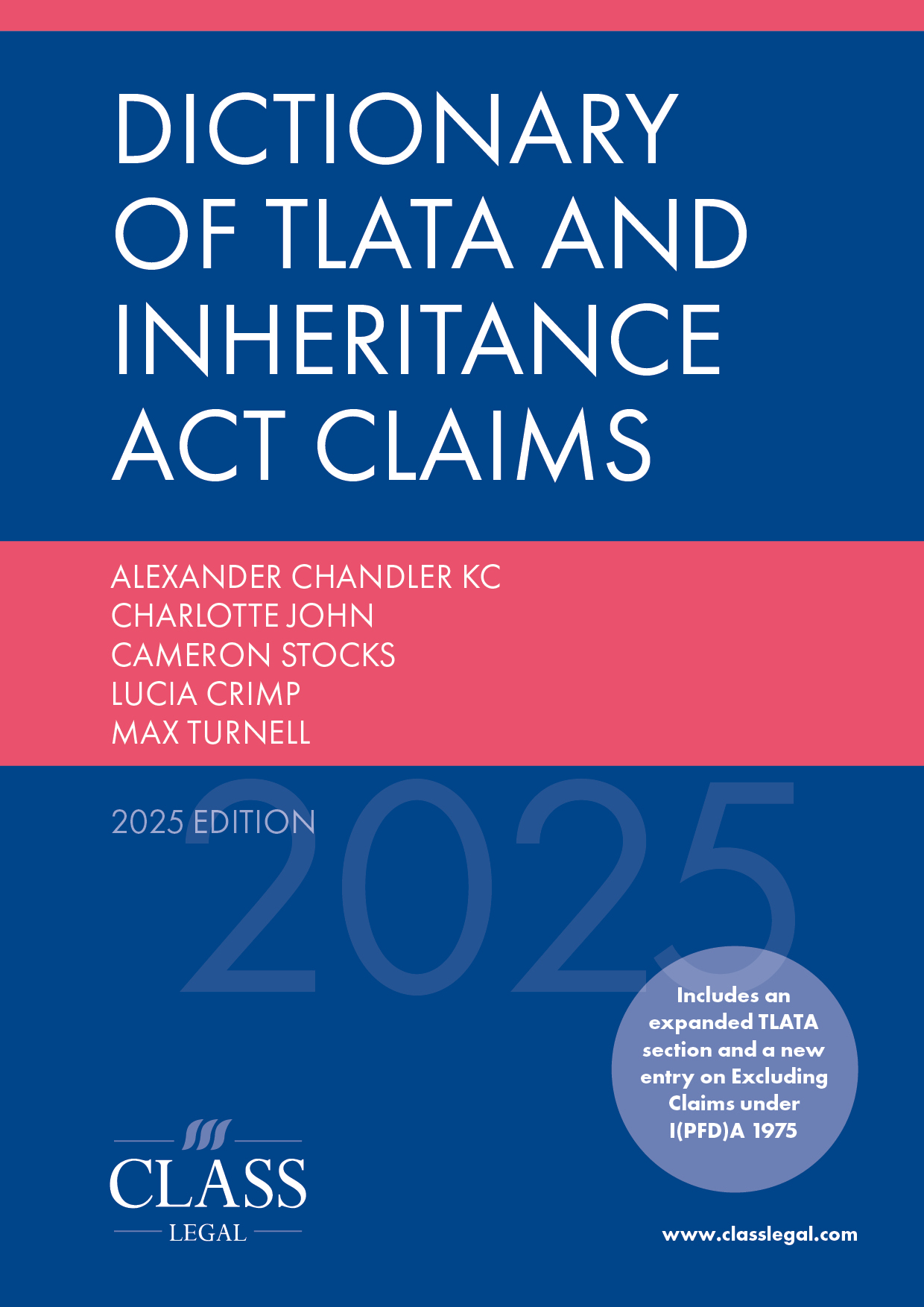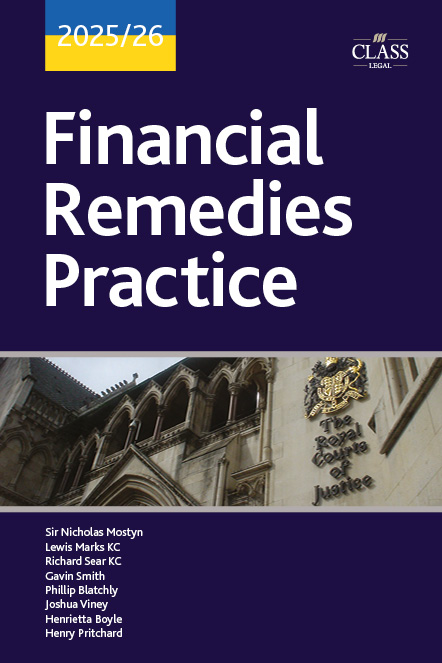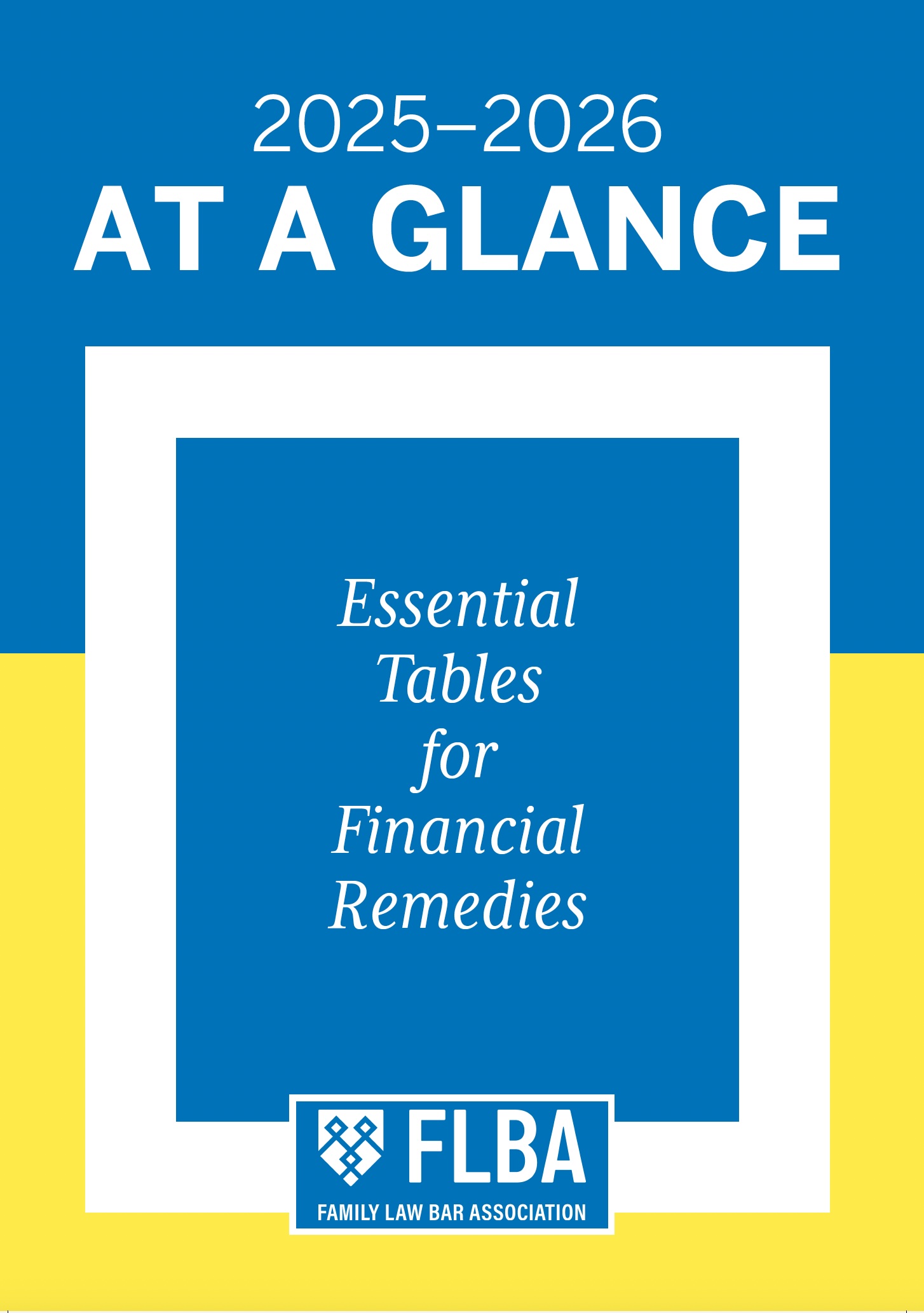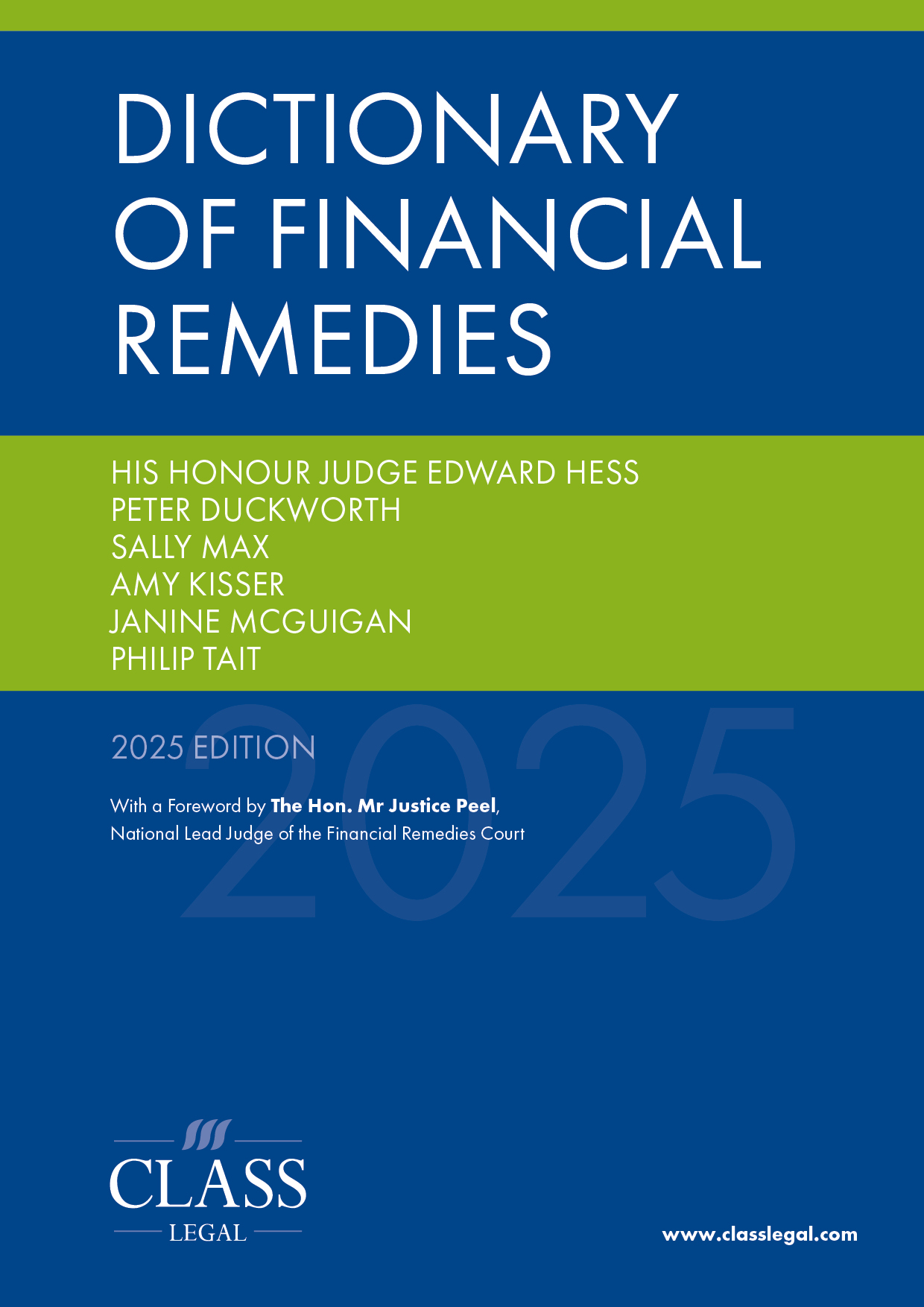
PN v SA [2025] EWFC 14123 May 2025
Published: 10/07/2025 14:45
https://caselaw.nationalarchives.gov.uk/ewfc/2025/141
Cobb J. Third-largest financial remedy case in the jurisdiction’s history. The judge set aside a separation agreement entered into by W under significant emotional and psychological pressure.
Background
W (48), H (46). Three children aged between 9 and 17. Both H and W were born and raised in Country A. They met in Country A in 2002 and married there in 2005. Separated in August 2022. Marriage of c.17 years. W’s Form A was issued on 7 September 2023. Final hearing listed March 2025.
The parties were phenomenally wealthy and on separation their accrued wealth was said to be in excess of £1.5 billion. At final hearing, that sum was between £460–540 million. The parties’ combined costs of the hearing reached c.£5.5 million.
Within the proceedings, W issued a notice to show cause why a post-nuptial agreement entered into by the parties in March 2021 (‘2021 PNA’) should not be given effect. H cross-applied seeking an order giving effect to a Separation Agreement entered into by the parties in April 2023 (‘2023 Settlement Agreement’). That latter agreement was in Portuguese.
The 2021 PNA provided for a largely equal division of assets between the parties. The 2023 Settlement Agreement provided for most of the assets to be put into pre-existing trusts and therefore out of W’s reach.
Discussion
The 2021 PNA
The court found that this agreement had been drafted appropriately and that both parties had had the benefit of legal advice at the relevant time. It was considered a valid agreement.
The 2023 Settlement Agreement
The judge considered five questions when looking at the 2023 Settlement Agreement, as follows:
Was there a concluded agreement in April 2023 or June 2023?
The court considered an original English language version of the agreement, called ‘the definitive agreement’, against an April 2023 version of the Settlement Agreement in Portuguese expressed to be a ‘manifestation of their wishes’. Within that agreement it stated that the agreement would only be signed after the parties had engaged legal advice. The parties did not take independent legal advice. W argued that there was therefore no agreement as this was a condition precedent. H contended that it was not a condition precedent and represented ‘double-checking’.
The position was complicated by a June 2023 English language version of the April 2023 Portuguese language counterpart, which the judge found differed substantially.
Is the 2023 Settlement Agreement an implementation of the 2021 PNA?
H argued that the 2023 Settlement Agreement was an ‘implementation’ of the 2021 PNA. He argued that the 2021 PNA was vague and that the 2023 Settlement Agreement represented a ‘logical conclusion’. W’s position was that the two agreements represented wholly different structures and that the latter could not comprise a ‘detailed implementation’ of the other.
Was the wife subjected to undue pressure to agree and sign the 2023 Settlement Agreement (as argued by W)?
W’s position was that she had been placed under undue pressure by H when discussing and signing both versions of the 2023 Settlement Agreement.
The judge specifically considered: (1) the context, particularly the power imbalance in the parties’ relationship; (2) scare tactics used by H; (3) lack of prior legal scrutiny, and (d) ostracism of the wife’s lawyer. Radmacher v Granatino [2010] UKSC 42 , X v X (Y and Z Intervening) [2002] 1 FLR 508, Edgar v Edgar [1980] 1 WLR 1410, and NA v MA [2006] EWHC 2900 (Fam) (on undue pressure) considered.
After April/June 2023, was the 2023 Settlement Agreement regarded by the parties as a Xydhias agreement?
H argued that the 2023 Settlement Agreement represented a Xydhias agreement between the parties. W pointed to correspondence passing between the parties after June 2023 in which H repeatedly offered W to settle the dispute on the basis of ‘option A’ or ‘option B’, being the 2021 or 2023 terms, and to instruct her solicitor accordingly; i.e. there was no agreement at that time.
How does the 2023 Settlement Agreement square with the husband’s open proposals now?
Despite H’s notice to show cause application, his open proposals differed materially. H argued that the structure of the open proposals achieved the same thing as the 2023 Settlement Agreement, but that aspects had had to change as a result of the 2024 Government budget.
Held
The court found:
- The 2023 Settlement Agreement was not a concluded agreement. The judge went on to say that on this basis alone he would not have upheld the 2023 Settlement Agreement in either the April 2023 or June 2023 forms.
- It was not an implementation of the 2021 PNA.
- W was subject to undue pressure. The judge found that the husband had exploited W’s vulnerability, intimidated her, and ‘took wholly unfair advantage of her’. H had deployed a number of scare tactics, including encouraging W to believe that she would end up working the tills at Tesco if she sought the implementation of the 2021 PNA.
- H consciously took steps to keep the lawyers on both sides away from the negotiations until there was a signed deal, such that W had a limited understanding of the implications of the proposed agreement. H specifically and deliberately sought to isolate W from her own lawyer.
- The 2023 Settlement Agreement was not regarded by the parties as a Xydhias agreement.
- H’s open proposals did not square with his notice to show cause application which demonstrated ‘an incurable lack of coherence in his arguments’.
As a result of these findings, it would not be fair on W to uphold the 2023 Settlement Agreement.
The court upheld the 2021 PNA, declining to uphold the 2023 Settlement Agreement. As a result, the wife was awarded £230m, representing 44.4% of the marital assets.








